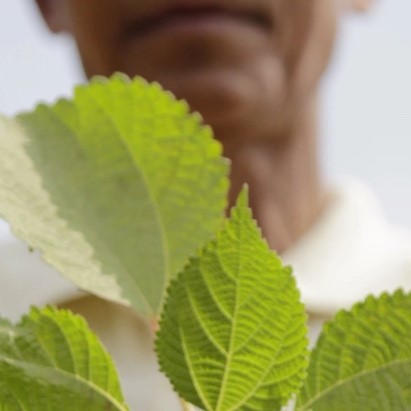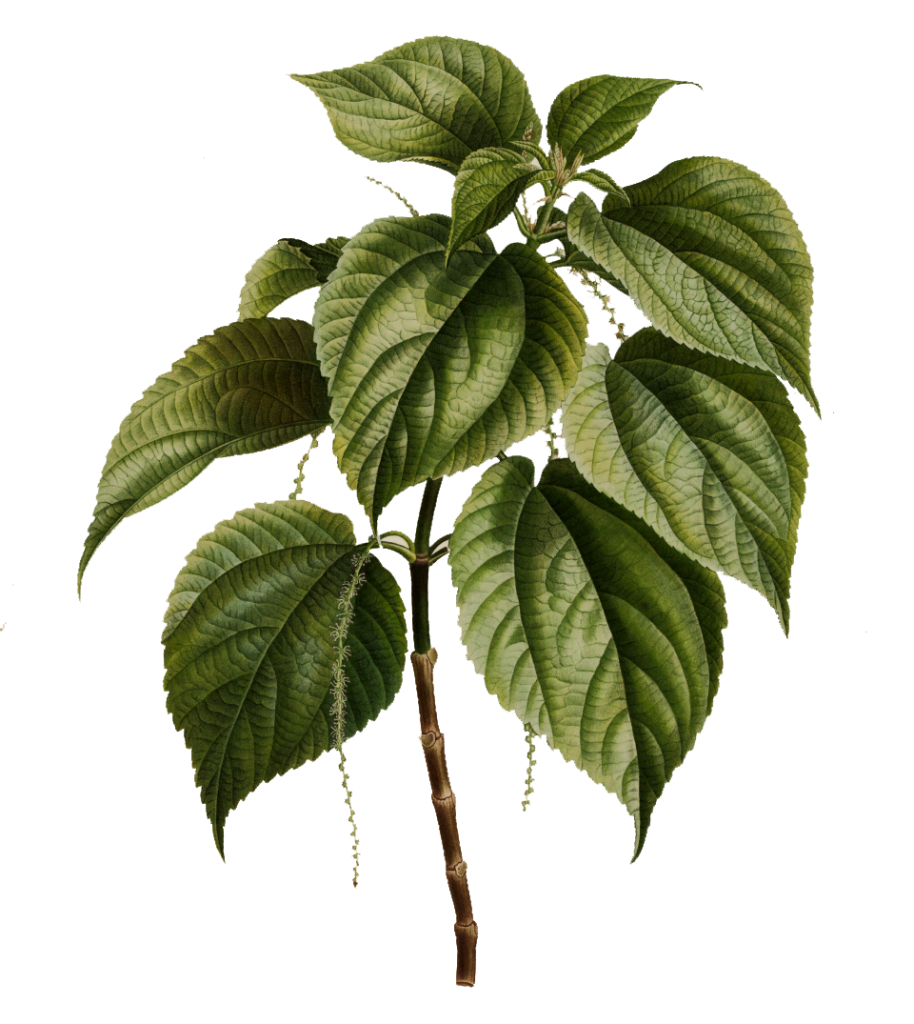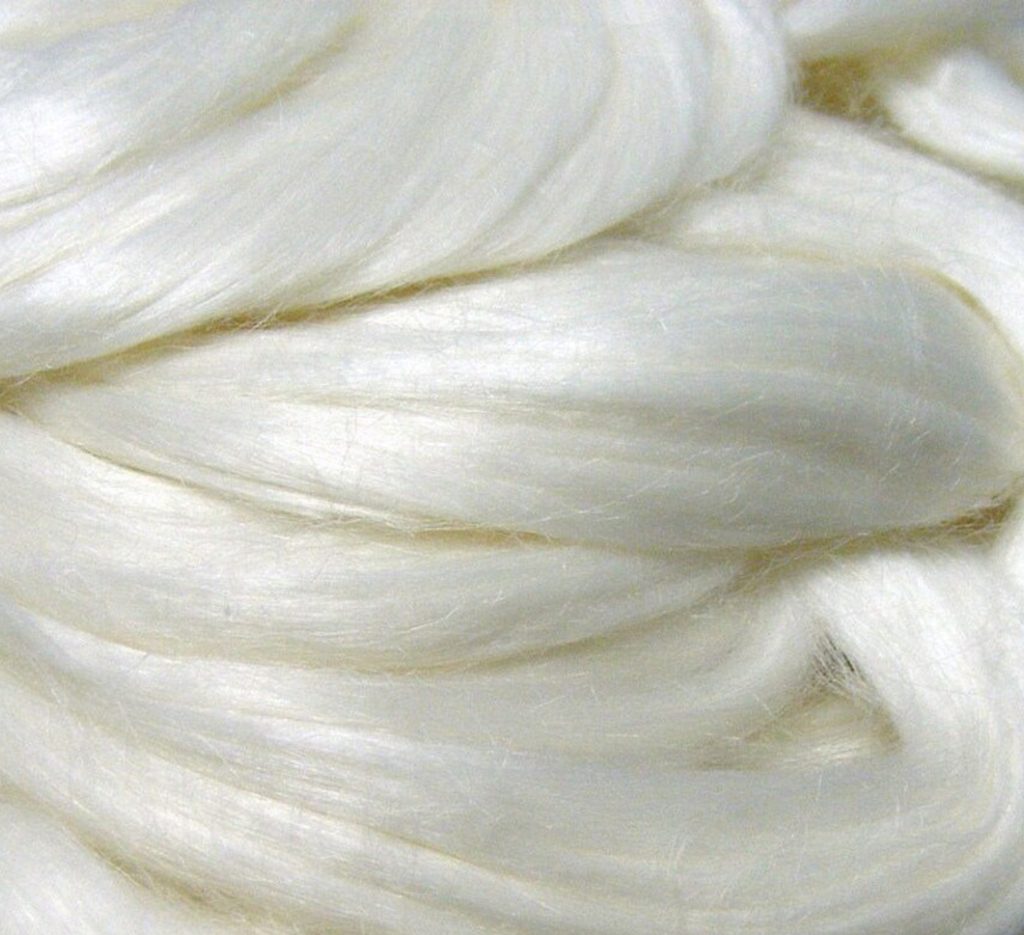THE MEGHALAYA RAMIE PROJECT
A Step Towards A Better Future
Absolute Green Eco Fibre
We are working towards the development of a new textile Fibre that will be developed through a genetic edition of its own genes which will be of zero carbon footprint
This eco-agricultural project offers great potential to cultivate the Ramie fibre that grows freely in Meghalaya, the smallest province of India situated in the North.
Our objective is to bring to market this fibre which grows abundantly without the addition of any fertilizer or water, and thus has no carbon footprint. In addition to the highest annual rainfall in the world, Meghalaya possesses ample agricultural land ready for the cultivation of this plant that has never been used for high end textiles because of its scratchy characteristics.
This project aims at evolving the plant at its molecular level (non-GMO) to avoid polluting processes for the use of the fibre at an industrial level, for clothing textiles. Ramie, in the way it grows in Meghalaya, leaves no carbon footprint. The goal of this project is to approach the feel of cotton without its devastating effects on the environment. We have not been able to identify any other projects comparable to this one.
WHAT IS the Meghalya RAMIE Project

This eco-agricultural project offers great potential to cultivate the Ramie fibre that grows freely in Meghalaya, the smallest province of India situated in the North.
Our objective is to bring to market this fibre which grows abundantly without the addition of any fertilizer or water, and thus has no carbon footprint. In addition to the highest annual rainfall in the world, Meghalaya possesses ample agricultural land ready for the cultivation of this plant that has never been used for high end textiles because of its scratchy characteristics.
This project aims at evolving the plant at its molecular level (non-GMO) to avoid polluting processes for the use of the fibre at an industrial level, for clothing textiles. Ramie, in the way it grows in Meghalaya, leaves no carbon footprint. The goal of this project is to approach the feel of cotton without its devastating effects on the environment. We have not been able to identify any other projects comparable to this one.
What is Ramie?
Insights on the properties of the Ramie Plant

Scientific name: Boehmeria nivea, belonging to the nettle family, but stingless.
- One of the oldest, strongest and longest of all natural bast fibres, 6 - 8x cotton, with strong micro crystal properties.
- Strength increases when wet.
- Various names – China Grass, Rhea, Riha, Kilkra (17 species identified in the region).

Similar to linen / flax including the manufacture.
- Good thermal properties.

Very fine and silk-like fibre, naturally white in colour, with high luster.
- Not as durable as other fibres: Usually blended with other fibres such as silk, Muga (wild silk from Assam), cotton or wool; aim is sole use of the fibre, without blending

Our AIM
The molecular transformation of this plant into a soft, skin-friendly ecological fibre is key to having a fully proprietary formula for the future Ramie plant and its highly ecological character.
How is it Zero Carbon Footprint?
Meghalaya has the highest rainfall in the world making all irrigation redundant. The Ramie fibre grows freely in Meghalaya and is not used in the Garment and Textile Industry. The Ramie fibre is not used due to its resin content; the resin elimination process is highly polluting. This project aims at developing the Ramie Plant to the highest level of textile through a genetic edition of its own genes thus eliminating the resin content. It is our goal to introduce natural Ramie textile that is absolutely GREEN: A fibre that can be planted agriculturally, needs no irrigation, no fertiliser, AND of which the production procedure is non-Polluting, ideally leaving zero carbon footprint

Benefits of Ramie









